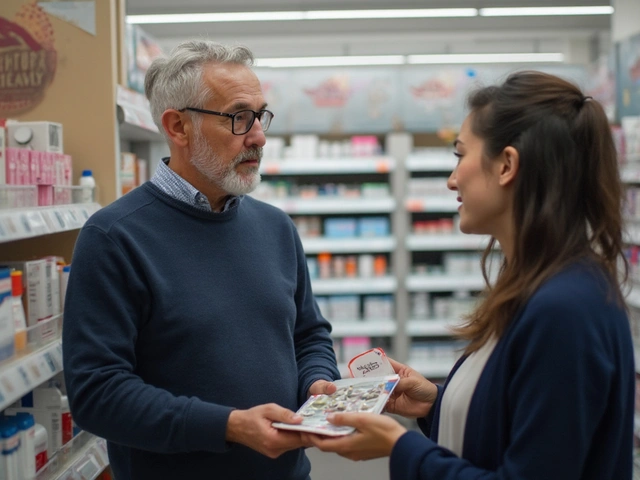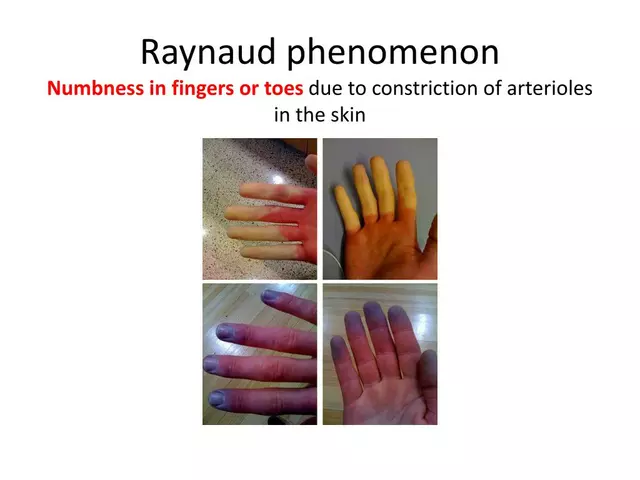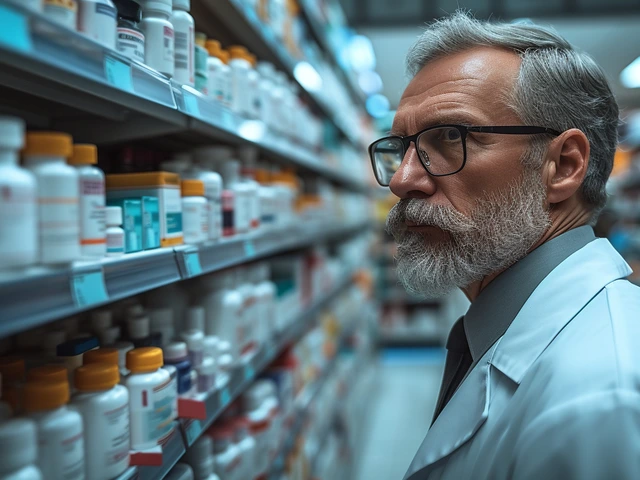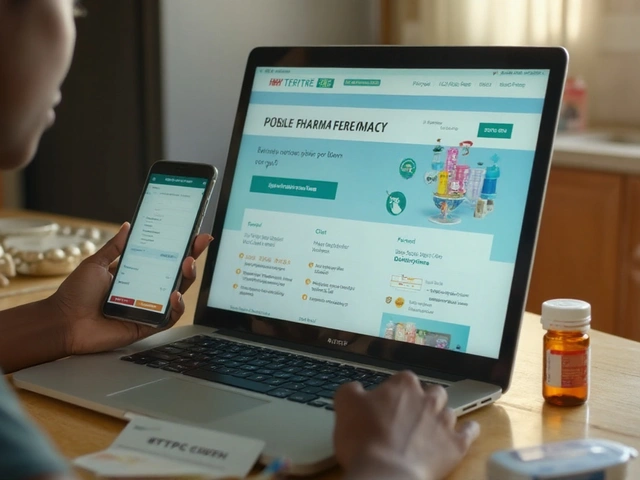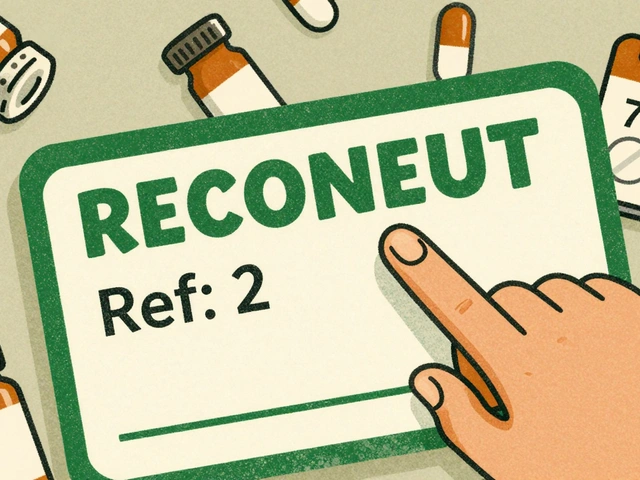Thrombosis and Heart: How Blood Clots Affect Cardiovascular Health
When a thrombosis, the formation of a blood clot inside a blood vessel. Also known as venous thromboembolism, it can block blood flow to critical organs like the heart or brain. This isn’t just a minor issue—it’s one of the leading causes of heart attacks and sudden death. Thrombosis doesn’t happen out of nowhere. It’s often triggered by slow blood flow, damaged vessel walls, or overly sticky platelets, and it’s closely tied to heart disease, a group of conditions that affect the heart’s ability to pump blood effectively. When a clot forms in a coronary artery, it starves heart muscle of oxygen. That’s when a heart attack starts.
Many people don’t realize how often blood clots, solid masses formed by platelets and fibrin that obstruct circulation are silently building up. They can form in your legs (deep vein thrombosis), travel to your lungs (pulmonary embolism), or settle in your heart. Smoking, diabetes, obesity, and long periods of inactivity all raise your risk. Even some medications—like certain hormonal treatments or anti-inflammatory drugs—can make your blood more likely to clot. That’s why understanding how drugs like dipyridamole or antiplatelet therapies work matters. These aren’t just pills—they’re tools that help keep your blood flowing smoothly when your body’s natural clotting system goes haywire.
Thrombosis doesn’t just attack the heart—it weakens your whole vascular system. Damaged arteries from clots lead to atherosclerosis, which increases your chance of stroke, kidney failure, or limb amputation. The posts here cover real-world connections: how smoking drives clotting, how diabetes affects blood vessel health, and how drugs like dipyridamole or NSAIDs can either help or hurt your cardiovascular system. You’ll find clear comparisons of medications that prevent clots, reduce inflammation, or protect your heart after a clot has formed. No fluff. Just facts on what works, what doesn’t, and what you need to ask your doctor.
If you’ve ever been told to take aspirin after a heart event, or warned about sitting too long on a flight, you’ve already seen the link between thrombosis and heart health. Now you’ll see exactly how these pieces fit together—and what you can actually do about it.
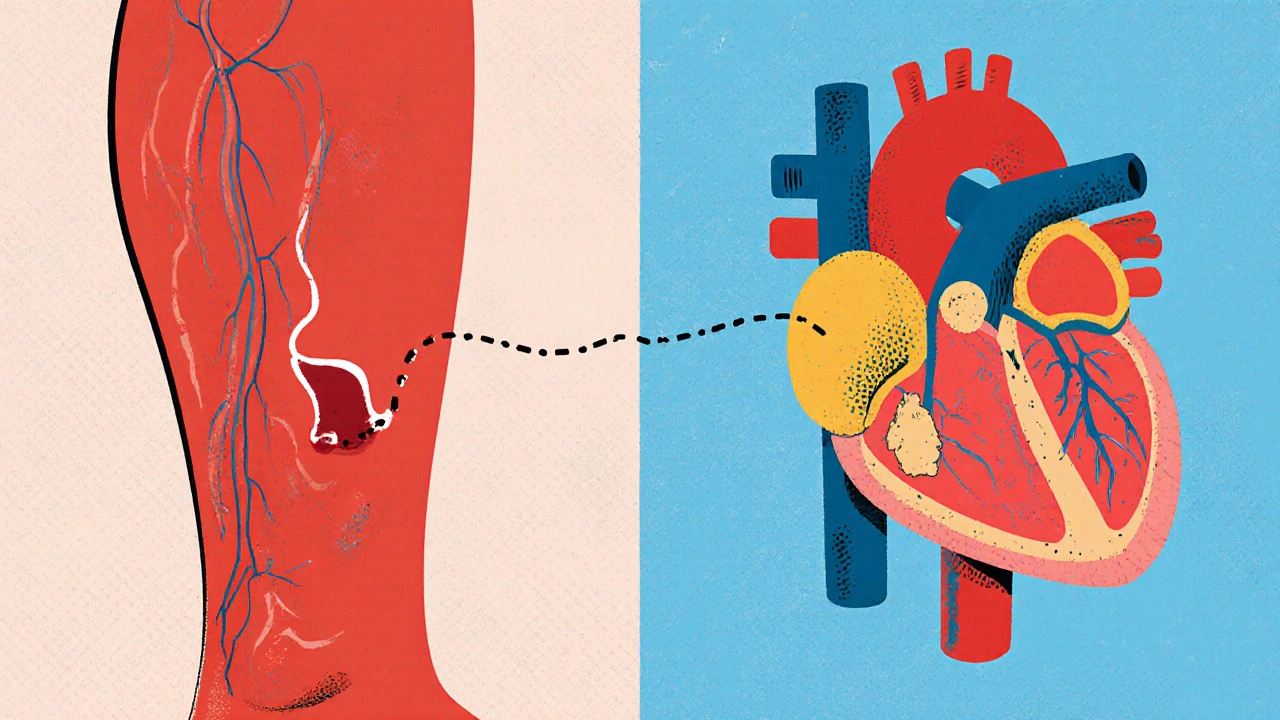
- Oct 19, 2025
- Posted by Cillian Osterfield
Deep Vein Thrombosis and Heart Disease: How They’re Linked
Explore how deep vein thrombosis and heart disease are linked, shared risk factors, diagnosis overlap, and prevention tips to protect both veins and arteries.
Categories
- Health and Wellness (57)
- Medications (38)
- Health and Medicine (22)
- Pharmacy Services (10)
- Mental Health (5)
- Health and Career (2)
- Medical Research (2)
- Business and Finance (2)
- Health Information (1)
Latest Posts
©2025 heydoctor.su. All rights reserved

